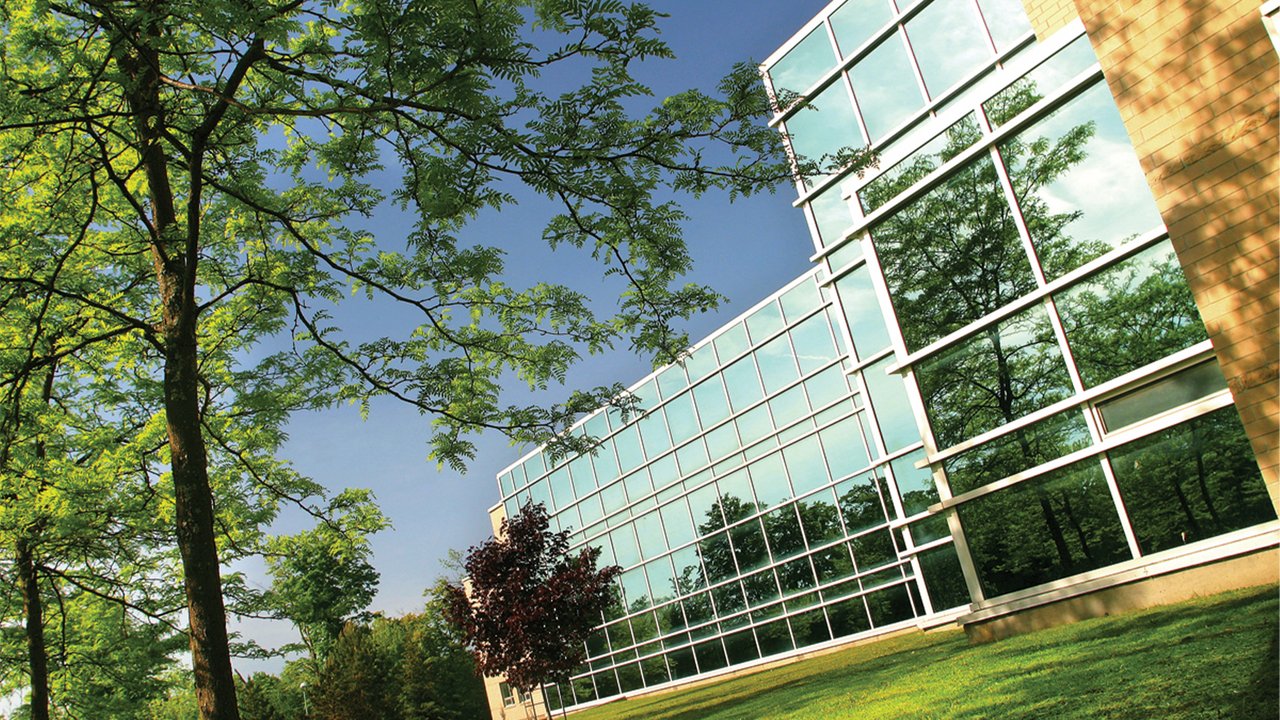



As explained in the general introduction to the content section of our website, geography - topography, location, climate, etc. - plays a crucial role in the cultural determination of different First Peoples communities. When discussing geography with a class, there are a number of avenues that could be taken. Below, we have provided links to a variety of maps 1) charting traditional territories of the various nations within Canada, 2) demonstrating what remains of those territories in modern day Canada, and 3) maps demarcating treaty land vs. unceded territory. We have also included links discussing the various relationships First Peoples held with the land from nomadic, migratory to sedentary, agricultural. Of interest may also be our page on environmental science.

An official map from Resources Canada, this image charts the various numbered treaties and unceded land masses in Canada.